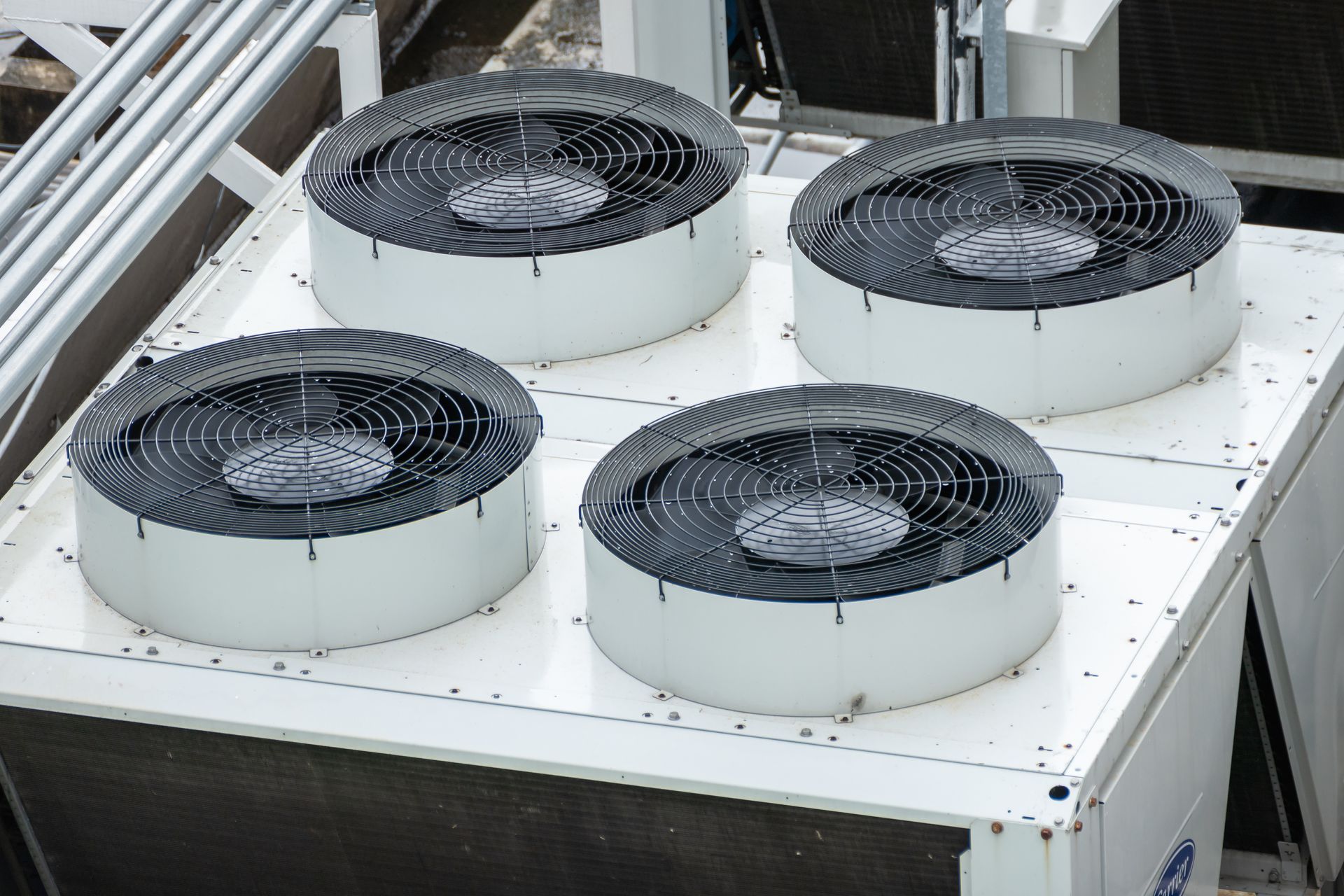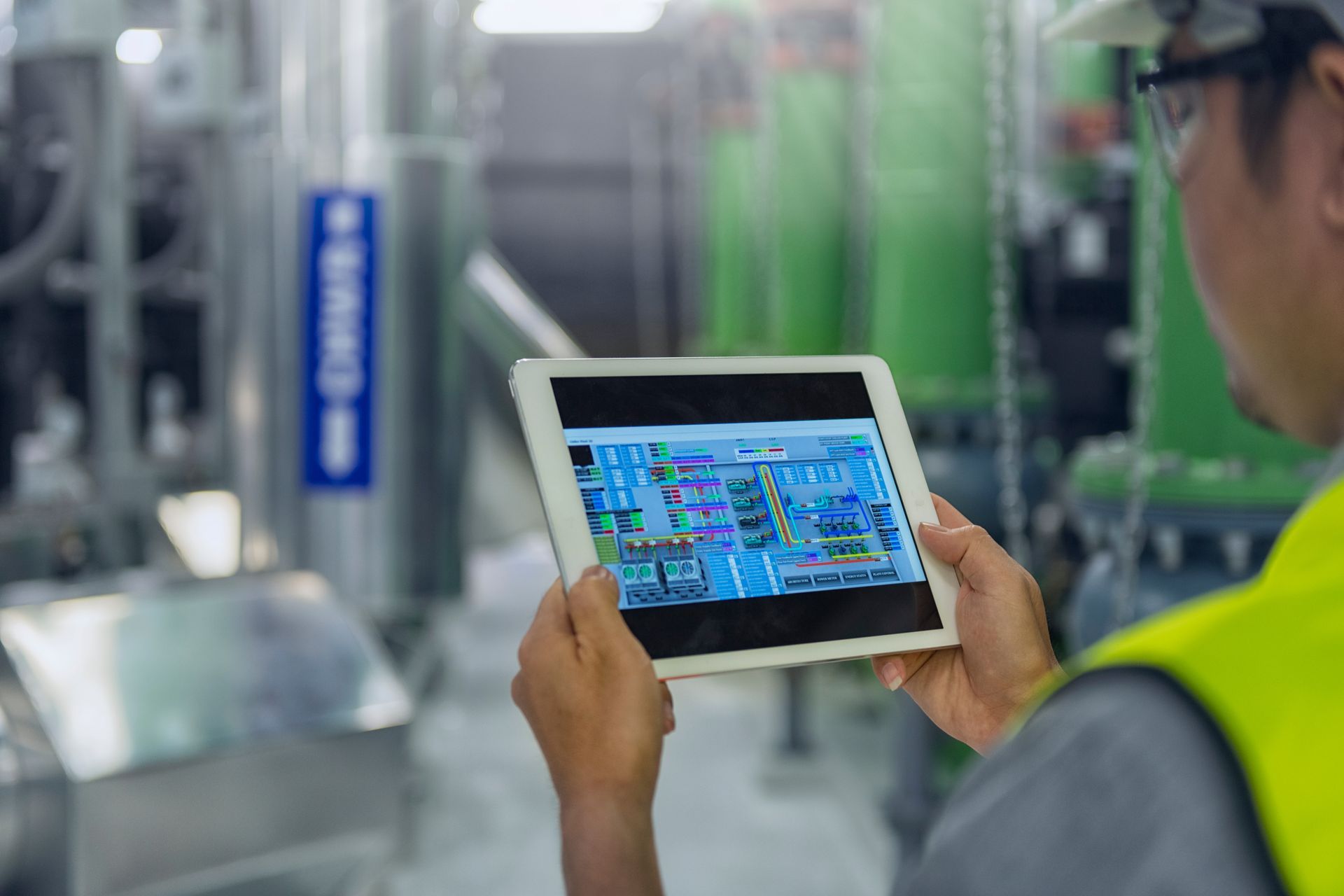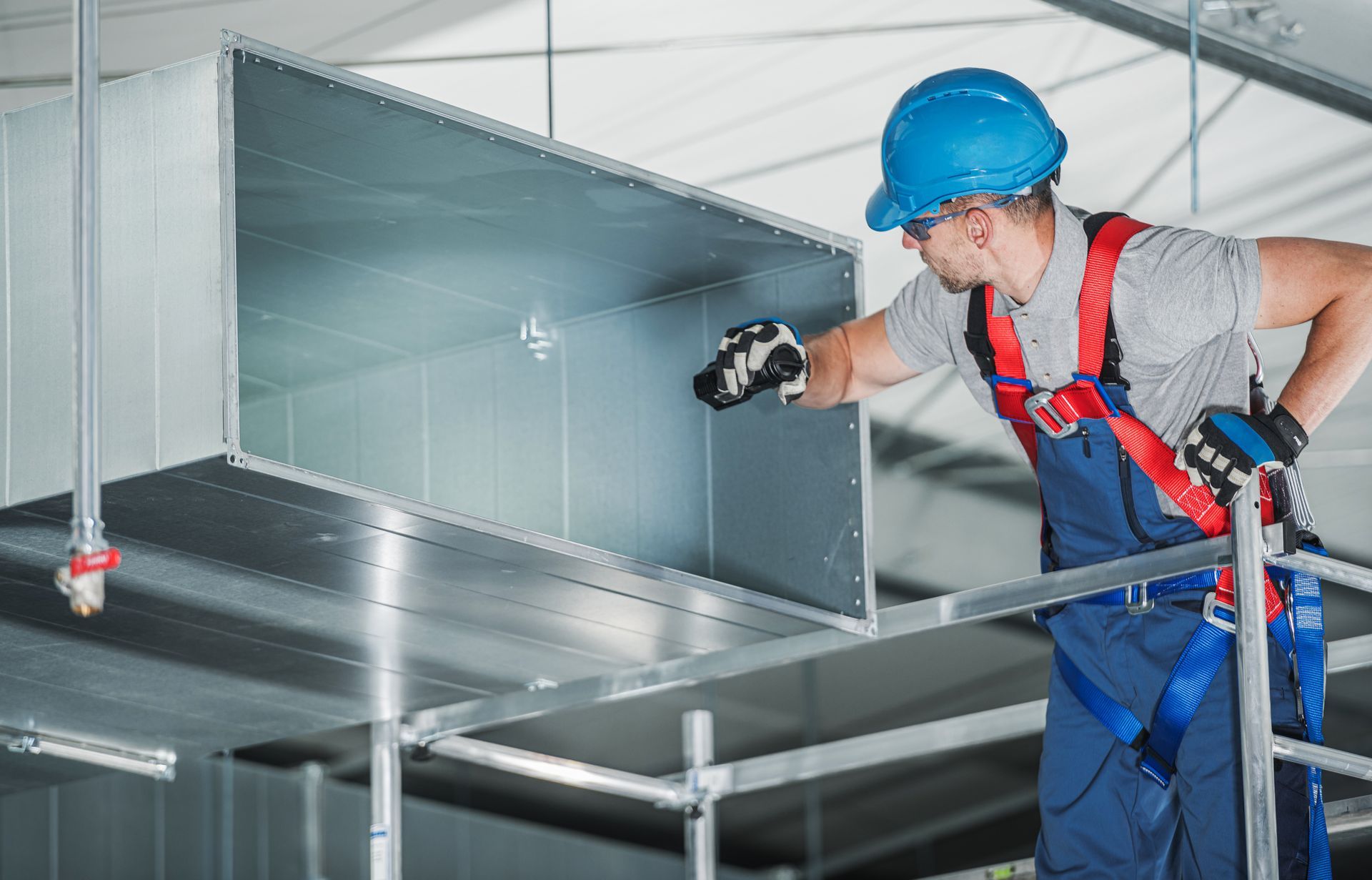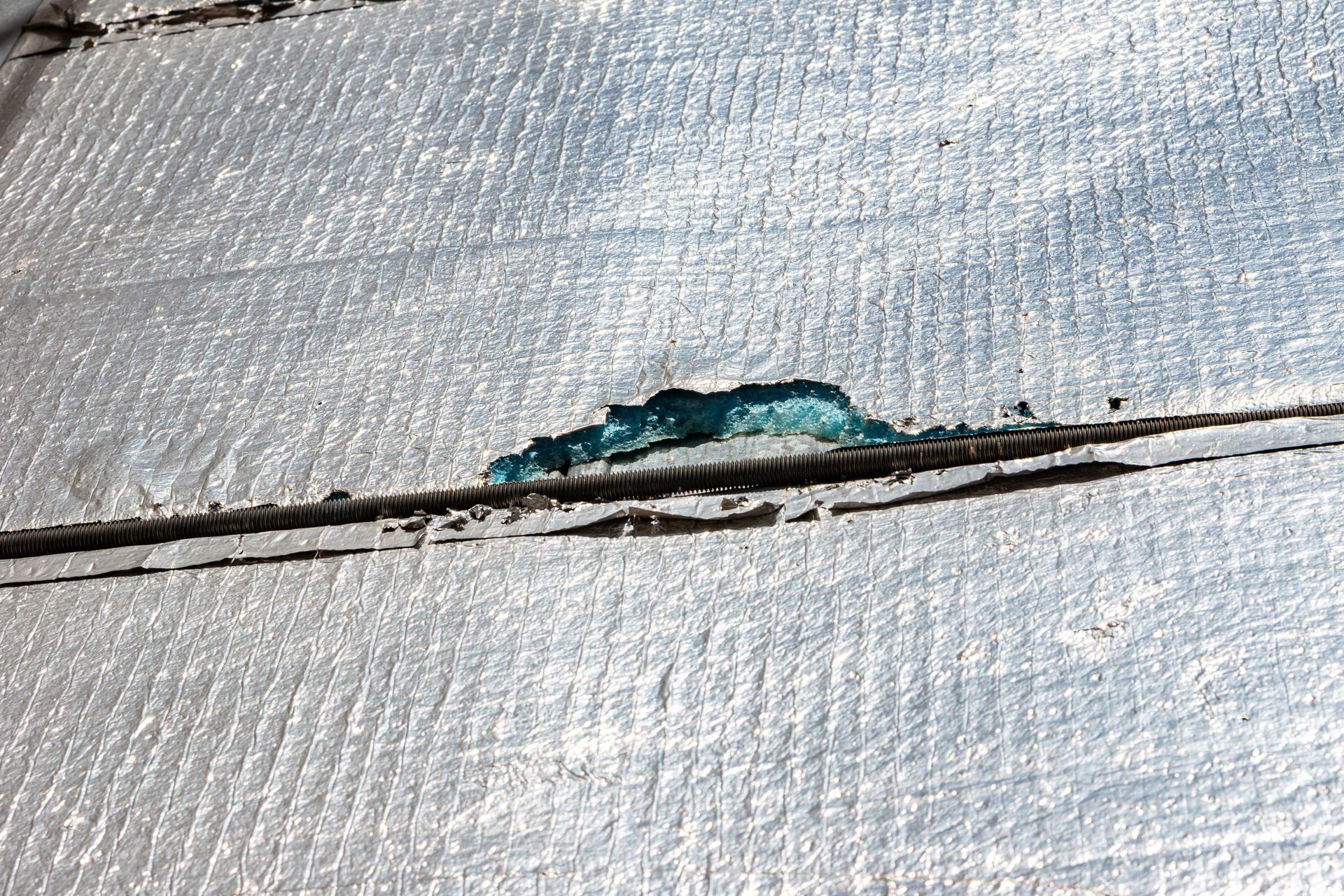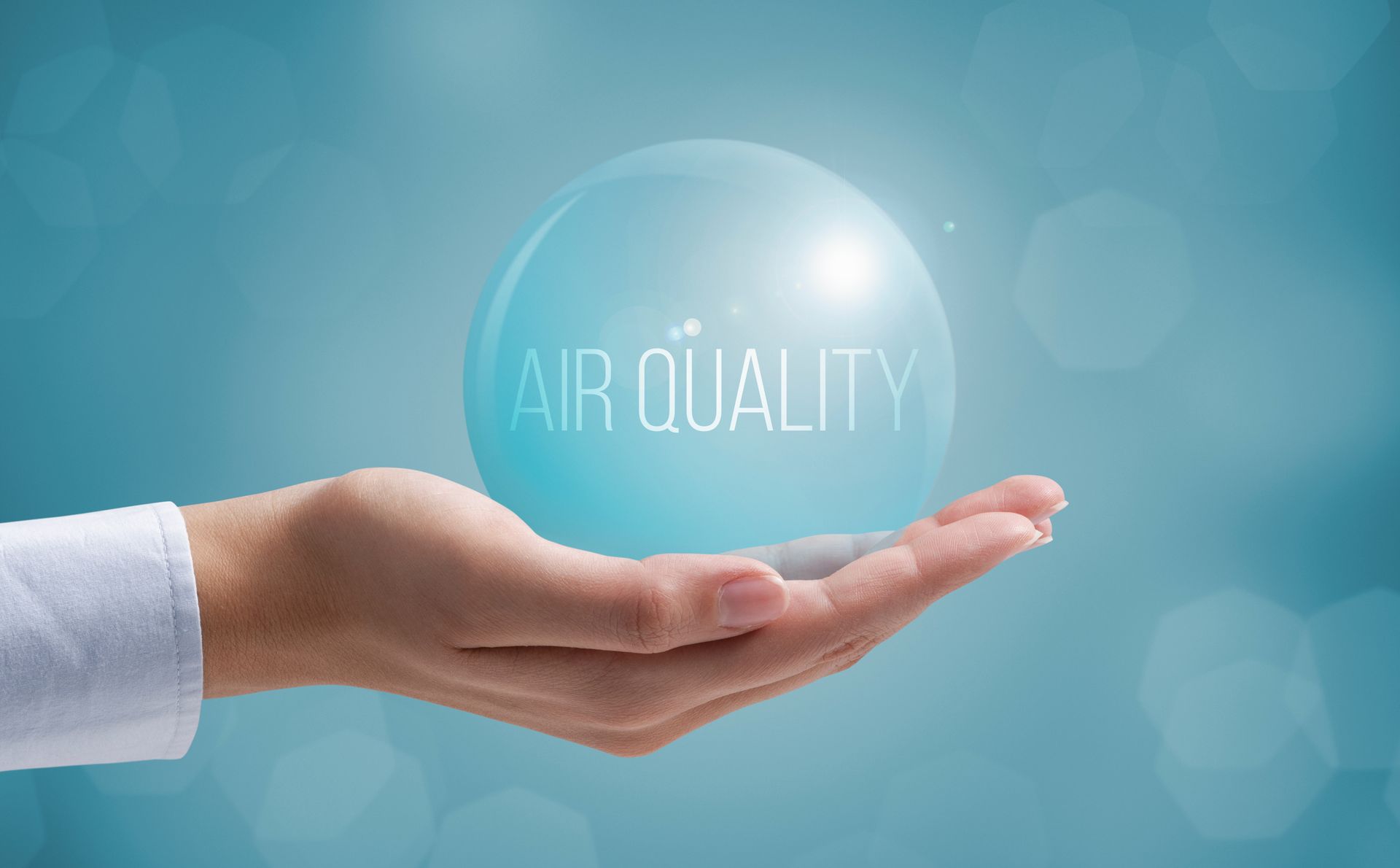What Is the Proper Humidity Level to Prevent Mold, Equipment Damage and Discomfort?
Share
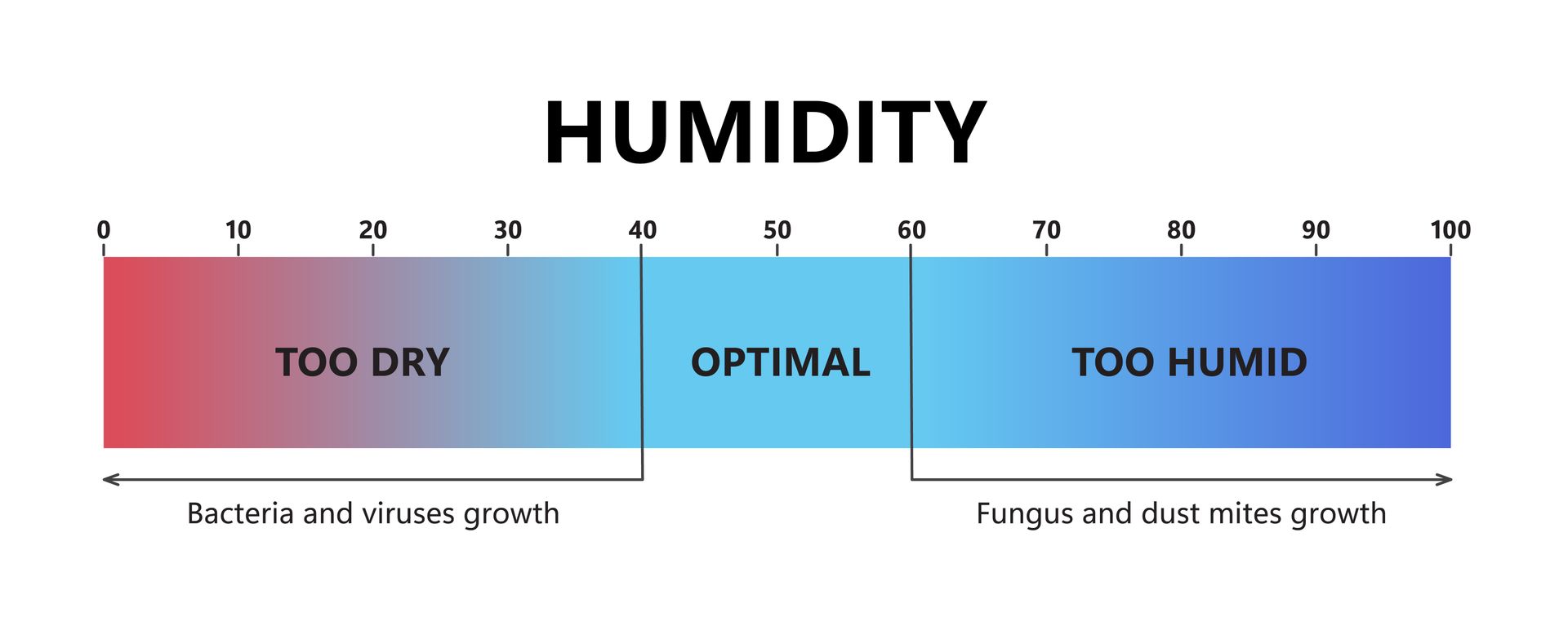
Maintaining the right indoor humidity isn’t just about comfort—it plays a major role in preserving your building materials, protecting equipment and preventing bacteria growth. For commercial buildings in North Texas, where outdoor humidity can swing drastically, effective humidity control is essential.
Recommended Humidity Levels for Commercial Spaces
The general consensus among HVAC professionals is that indoor relative humidity should stay between 40% and 60%. Below 40%, the air becomes too dry, which can cause issues like static electricity, skin and eye irritation and damage to sensitive electronics or wood surfaces. Above 60%, conditions become favorable for bacteria, mildew and dust mites, and air may start to feel damp or stuffy.
Why Humidity Control Matters in Commercial Settings
Equipment Protection
In schools, offices and data-heavy environments, too much humidity can corrode sensitive electronics or cause paper products and packaging to degrade. In industrial settings, high humidity can also affect machinery performance.
Occupant Comfort and Productivity
Humid air can make indoor temperatures feel warmer than they are, leading to overcooling and discomfort. On the other hand, dry air can cause skin irritation and increase the spread of airborne particles. Maintaining a balanced humidity range helps support productivity and wellness.
Do Different Commercial Spaces Need Different Humidity Levels?
Data Centers and Server Rooms
These typically require humidity between 45-55% to prevent static discharge (from dry air) or condensation (from excessive humidity), both of which can damage equipment.
Healthcare Facilities
Hospitals and clinics often target 45-60% humidity to help prevent airborne pathogens while maintaining patient comfort and material integrity.
Museums or Archives
Humidity should often be kept below 50% to preserve artwork, documents and delicate materials. Even slight fluctuations can damage artifacts over time.
Gyms and Locker Rooms
These areas often face elevated humidity due to heavy perspiration during workouts, high foot traffic and steam generated from showers and wet surfaces.
Aggressive humidity control—often targeting 40–50%—can help prevent odor and mildew buildup.
Manufacturing Facilities
Depending on the materials involved, humidity targets may vary. Woodworking, printing and electronics manufacturing often have tighter control ranges to prevent material or equipment damage.
Built-In Humidity Control Features in Modern Commercial HVAC Units
Variable-Speed Fans
Slower fan speeds during low-load conditions allow the system more time to remove moisture during cooling cycles.
Hot Gas Reheat or Reheat Coils
These systems remove moisture from the air, then reheat it slightly to avoid overcooling—especially useful in humid climates like North Texas.
Demand-Controlled Ventilation
This system adjusts fresh air intake based on CO₂ levels or occupancy, which can help avoid introducing too much outdoor humidity unnecessarily.
Integrated Dehumidification Modes
Some packaged units and VRF systems have built-in dehumidification capabilities, ideal for spaces like schools or mixed-use commercial buildings.
When Is a Separate Dehumidifier Necessary?
In most commercial settings, a properly sized HVAC system with built-in humidity controls is sufficient. However, standalone dehumidifiers may be necessary when:
- The space sees extreme moisture loads, such as gymnasiums, pool areas or commercial kitchens
- The existing HVAC system is outdated or oversized and short-cycles without removing enough moisture
- There’s a specific humidity-sensitive use case, such as archives, manufacturing processes or server rooms
The best commercial dehumidifier in these edge cases will depend on the size of the space and the unique factors that make humidity control a challenge. Some of the common options include:
- Ducted dehumidifiers, which integrate with existing HVAC ductwork
- Standalone portable units, typically used for isolated areas
- Desiccant dehumidifiers, which may be used in industrial or specialized environments requiring low-humidity conditions
Find Out if a More Robust Dehumidification Solution Is Needed in Your Commercial Building
In Arlington, Fort Worth and Dallas commercial buildings, regulating temperature without managing humidity is only doing half the job. Whether you’re trying to protect electronics, maintain air quality or just keep your building comfortable through another Texas summer, proper humidity control is essential.
If your current HVAC system isn’t keeping things balanced—or you’re unsure if your setup is adequate—Tom’s Commercial can help assess and upgrade your HVAC system for optimal performance. Call us at 817-857-7400 to schedule an assessment, quote or HVAC service.





